-
 Bitcoin
Bitcoin $118900
0.42% -
 Ethereum
Ethereum $3710
-2.88% -
 XRP
XRP $3.513
-2.96% -
 Tether USDt
Tether USDt $1.000
-0.01% -
 Solana
Solana $203.0
3.65% -
 BNB
BNB $765.5
-1.29% -
 USDC
USDC $0.9998
0.00% -
 Dogecoin
Dogecoin $0.2671
-4.18% -
 Cardano
Cardano $0.8817
-3.63% -
 TRON
TRON $0.3139
-0.64% -
 Hyperliquid
Hyperliquid $44.34
-5.45% -
 Stellar
Stellar $0.4637
-4.08% -
 Sui
Sui $3.908
-2.59% -
 Chainlink
Chainlink $19.34
-2.62% -
 Hedera
Hedera $0.2712
-3.77% -
 Avalanche
Avalanche $24.97
-4.13% -
 Bitcoin Cash
Bitcoin Cash $519.8
-1.48% -
 Shiba Inu
Shiba Inu $0.00001518
-3.74% -
 Litecoin
Litecoin $115.6
-2.21% -
 Toncoin
Toncoin $3.460
3.68% -
 UNUS SED LEO
UNUS SED LEO $8.977
-0.07% -
 Polkadot
Polkadot $4.460
-2.96% -
 Uniswap
Uniswap $10.53
-5.43% -
 Ethena USDe
Ethena USDe $1.001
0.01% -
 Monero
Monero $323.6
-0.36% -
 Pepe
Pepe $0.00001379
-2.60% -
 Bitget Token
Bitget Token $4.772
-3.90% -
 Dai
Dai $0.9999
0.00% -
 Aave
Aave $307.5
-6.66% -
 Bittensor
Bittensor $441.8
0.84%
How to use the peak-to-valley difference of the chip distribution to determine the conversion point of the pressure support?
Using peak-to-valley difference in chip distribution helps predict cryptocurrency price conversion points, enhancing trading decisions with support and resistance analysis.
Jun 01, 2025 at 06:50 am
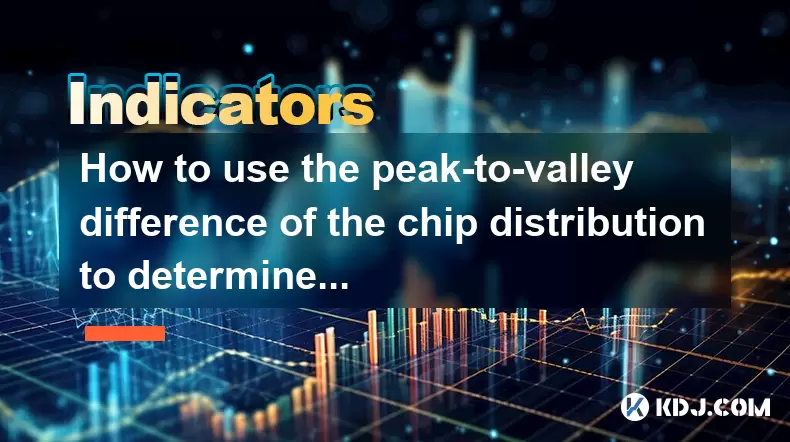
The concept of using the peak-to-valley difference of the chip distribution to determine the conversion point of the pressure support is an advanced technique in cryptocurrency trading. This method involves analyzing the distribution of chips (or tokens) among different price levels to identify key support and resistance points. By understanding these points, traders can better predict when a price might convert from a support to a resistance or vice versa.
Understanding Chip Distribution
Chip distribution refers to the spread of tokens or coins across different price levels within a cryptocurrency's trading history. This distribution can be visualized using a chip distribution chart, which shows how many chips were accumulated at various price points. The chart is essential for traders to understand the market sentiment and potential price movements.
To create a chip distribution chart, traders typically use specialized software or platforms that aggregate trading data. These platforms calculate the number of chips held at each price level, often represented as a histogram or a line graph. By examining this chart, traders can identify areas where large volumes of chips were bought or sold, which can act as significant support or resistance levels.
Identifying Peaks and Valleys
Peaks and valleys in the chip distribution chart represent the highest and lowest points of chip accumulation, respectively. Peaks indicate price levels where a large number of chips were bought, suggesting strong support levels. Conversely, valleys indicate price levels where a large number of chips were sold, suggesting potential resistance levels.
To identify these peaks and valleys, traders should:
- Analyze the chip distribution chart over a specific period, such as the past month or quarter.
- Look for areas with high concentrations of chips, which will appear as peaks on the chart.
- Identify areas with low concentrations of chips, which will appear as valleys on the chart.
Calculating the Peak-to-Valley Difference
The peak-to-valley difference is the distance between a peak and a subsequent valley on the chip distribution chart. This difference can provide insights into the strength of support and resistance levels. A larger peak-to-valley difference suggests a stronger support or resistance level, as it indicates a significant shift in chip accumulation.
To calculate the peak-to-valley difference, traders should:
- Identify a peak on the chip distribution chart.
- Locate the nearest valley following the peak.
- Subtract the price level of the valley from the price level of the peak to determine the difference.
Determining the Conversion Point
The conversion point of the pressure support refers to the price level at which a support level turns into a resistance level, or vice versa. By analyzing the peak-to-valley difference, traders can predict these conversion points more accurately.
To determine the conversion point using the peak-to-valley difference, traders should:
- Monitor the price movement around the identified peak and valley.
- Watch for the price to approach the peak from below, indicating a potential conversion from support to resistance.
- Observe the price as it approaches the valley from above, indicating a potential conversion from resistance to support.
- Use technical indicators such as moving averages or RSI to confirm the conversion point.
Applying the Technique in Trading
Applying the peak-to-valley difference technique in real-world trading involves several steps. Traders should:
- Set up a trading platform that supports chip distribution analysis, such as TradingView or Coinigy.
- Import historical trading data for the cryptocurrency of interest.
- Generate a chip distribution chart using the platform's tools.
- Identify peaks and valleys on the chart and calculate the peak-to-valley differences.
- Monitor price movements around these key levels and use additional technical indicators to confirm conversion points.
- Execute trades based on the identified conversion points, such as buying when a resistance level converts to support or selling when a support level converts to resistance.
Example Scenario
Consider a scenario where a trader is analyzing the chip distribution of Bitcoin (BTC). The trader identifies a peak at $40,000 and a subsequent valley at $35,000, resulting in a peak-to-valley difference of $5,000. As the price approaches $40,000 from below, the trader anticipates a potential conversion from support to resistance. They use additional indicators like the 50-day moving average and RSI to confirm the conversion point and decide to sell their BTC holdings at $40,000, anticipating a price drop.
Frequently Asked Questions
Q: How often should I update my chip distribution analysis?
A: It is recommended to update your chip distribution analysis at least weekly, especially during periods of high market volatility. This ensures that you have the most current data to make informed trading decisions.
Q: Can the peak-to-valley difference technique be applied to all cryptocurrencies?
A: While the technique can be applied to most cryptocurrencies, its effectiveness may vary depending on the liquidity and trading volume of the specific coin. It is most reliable for highly liquid cryptocurrencies like Bitcoin and Ethereum.
Q: Are there any risks associated with using the peak-to-valley difference to determine conversion points?
A: Yes, there are risks involved, as with any trading strategy. The peak-to-valley difference is just one tool among many, and it should be used in conjunction with other technical and fundamental analyses. Relying solely on this method can lead to false signals and potential losses.
Q: How can I combine the peak-to-valley difference technique with other trading strategies?
A: You can combine the peak-to-valley difference technique with other strategies such as trend following, breakout trading, or mean reversion. For example, use the peak-to-valley difference to identify potential conversion points and then confirm these points with trend indicators like moving averages or breakout patterns.
Disclaimer:info@kdj.com
The information provided is not trading advice. kdj.com does not assume any responsibility for any investments made based on the information provided in this article. Cryptocurrencies are highly volatile and it is highly recommended that you invest with caution after thorough research!
If you believe that the content used on this website infringes your copyright, please contact us immediately (info@kdj.com) and we will delete it promptly.
- PNC Bank & Coinbase: Banking on Crypto's Future, NYC Style
- 2025-07-23 06:30:12
- Ruvi AI: The Next Avalanche Riding the AI and Blockchain Wave?
- 2025-07-23 06:30:12
- Bullish Cryptos: BlockDAG Leads the Charge, Aptos Integrates WBTC, and More!
- 2025-07-23 07:10:14
- Crypto Coins Under $1 to Watch: BlockDAG, Stellar, Cronos, and Sei
- 2025-07-23 07:10:14
- Ruvi AI: Is This Token Primed for Avalanche-Sized Gains?
- 2025-07-23 06:50:12
- Cloud Mining: Low Threshold, High Income? Decoding the Trend
- 2025-07-23 06:50:12
Related knowledge
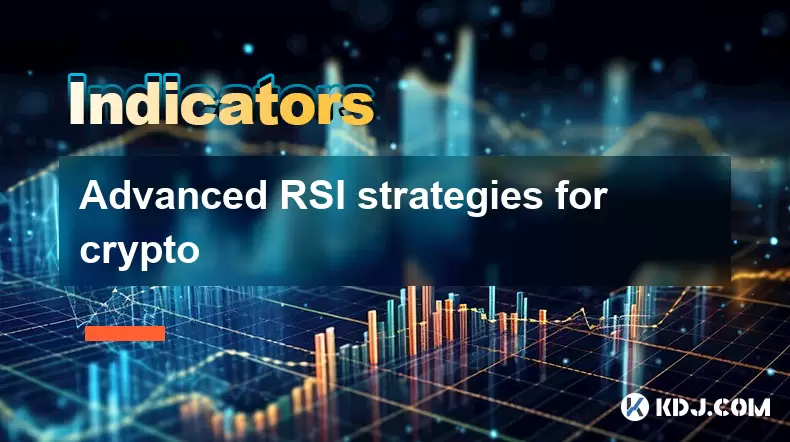
Advanced RSI strategies for crypto
Jul 13,2025 at 11:01am
Understanding the Basics of RSI in Cryptocurrency TradingThe Relative Strength Index (RSI) is a momentum oscillator used to measure the speed and chan...
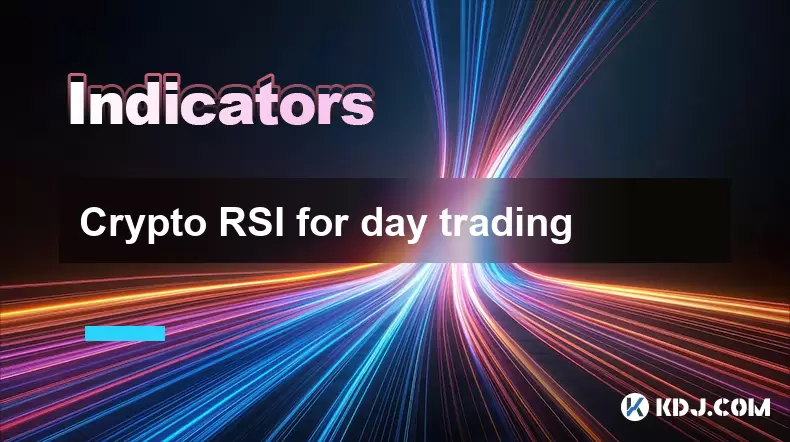
Crypto RSI for day trading
Jul 12,2025 at 11:14am
Understanding RSI in the Context of Cryptocurrency TradingThe Relative Strength Index (RSI) is a momentum oscillator used to measure the speed and cha...
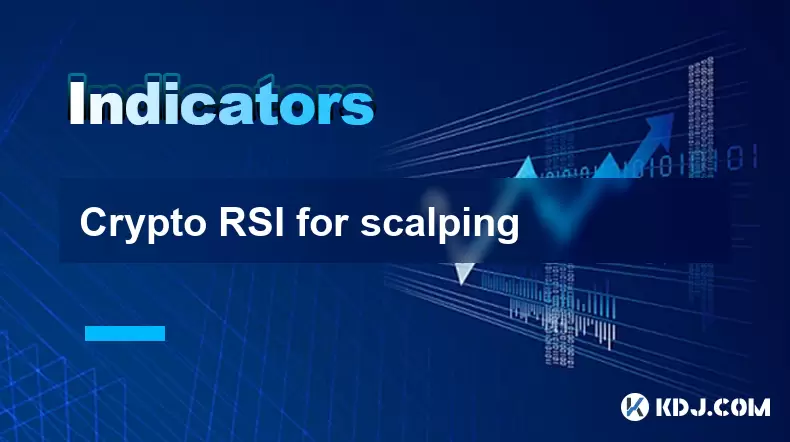
Crypto RSI for scalping
Jul 12,2025 at 11:00pm
Understanding RSI in the Context of Crypto TradingThe Relative Strength Index (RSI) is a momentum oscillator widely used by traders to measure the spe...
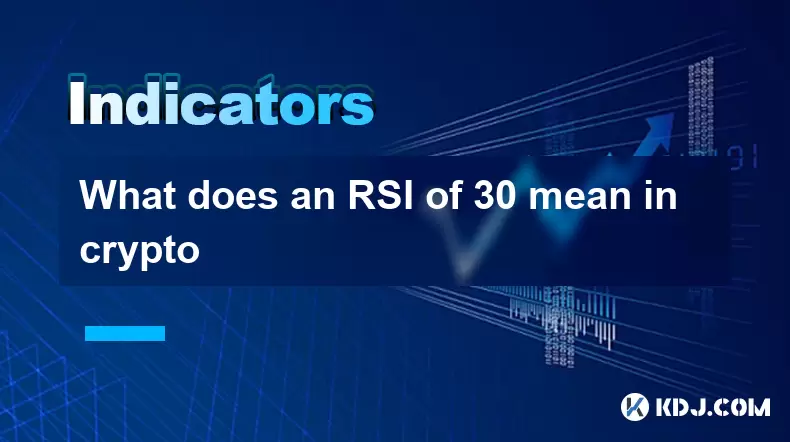
What does an RSI of 30 mean in crypto
Jul 15,2025 at 07:07pm
Understanding RSI in Cryptocurrency TradingRelative Strength Index (RSI) is a momentum oscillator widely used in cryptocurrency trading to measure the...
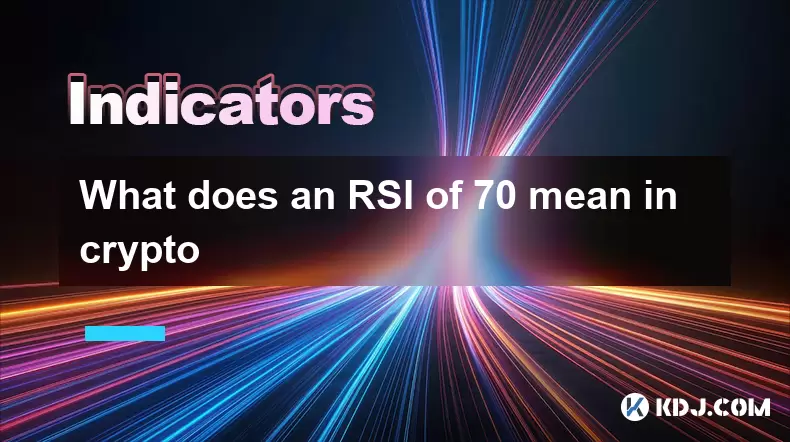
What does an RSI of 70 mean in crypto
Jul 13,2025 at 06:07pm
Understanding the RSI Indicator in Cryptocurrency TradingThe Relative Strength Index (RSI) is a widely used technical analysis tool that helps traders...
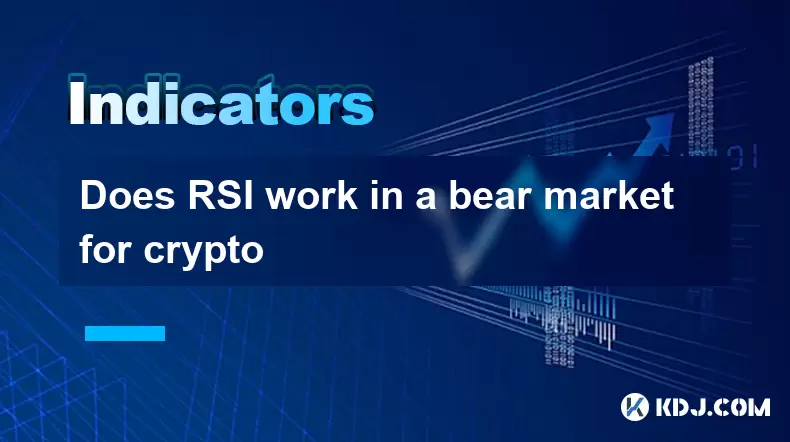
Does RSI work in a bear market for crypto
Jul 16,2025 at 01:36pm
Understanding RSI in Cryptocurrency TradingThe Relative Strength Index (RSI) is a momentum oscillator used by traders to measure the speed and change ...

Advanced RSI strategies for crypto
Jul 13,2025 at 11:01am
Understanding the Basics of RSI in Cryptocurrency TradingThe Relative Strength Index (RSI) is a momentum oscillator used to measure the speed and chan...

Crypto RSI for day trading
Jul 12,2025 at 11:14am
Understanding RSI in the Context of Cryptocurrency TradingThe Relative Strength Index (RSI) is a momentum oscillator used to measure the speed and cha...

Crypto RSI for scalping
Jul 12,2025 at 11:00pm
Understanding RSI in the Context of Crypto TradingThe Relative Strength Index (RSI) is a momentum oscillator widely used by traders to measure the spe...

What does an RSI of 30 mean in crypto
Jul 15,2025 at 07:07pm
Understanding RSI in Cryptocurrency TradingRelative Strength Index (RSI) is a momentum oscillator widely used in cryptocurrency trading to measure the...

What does an RSI of 70 mean in crypto
Jul 13,2025 at 06:07pm
Understanding the RSI Indicator in Cryptocurrency TradingThe Relative Strength Index (RSI) is a widely used technical analysis tool that helps traders...

Does RSI work in a bear market for crypto
Jul 16,2025 at 01:36pm
Understanding RSI in Cryptocurrency TradingThe Relative Strength Index (RSI) is a momentum oscillator used by traders to measure the speed and change ...
See all articles

























































































